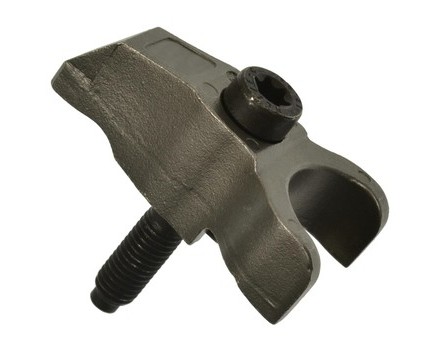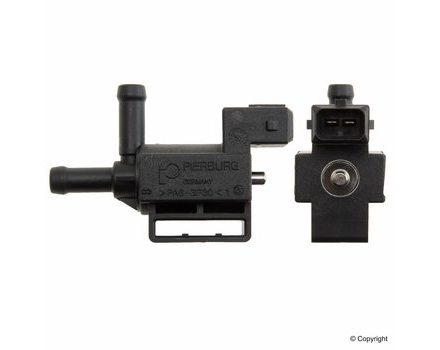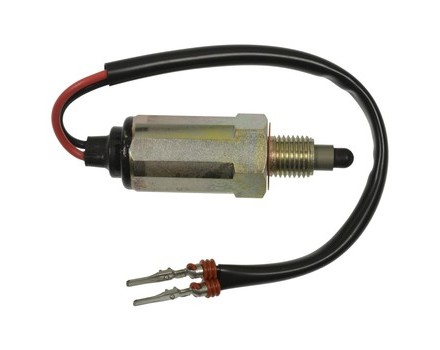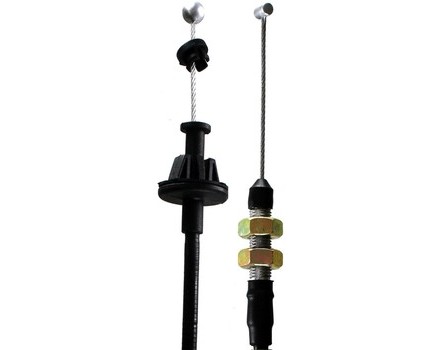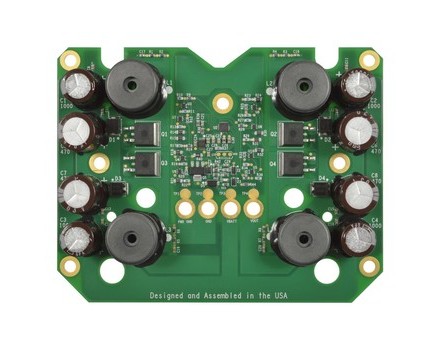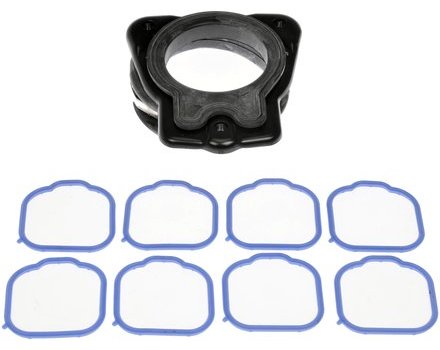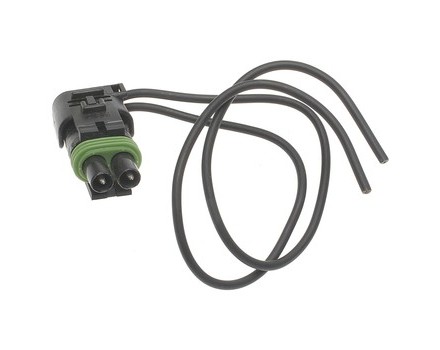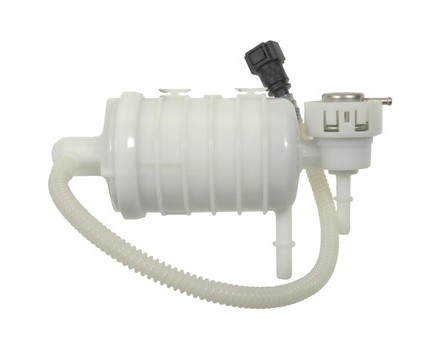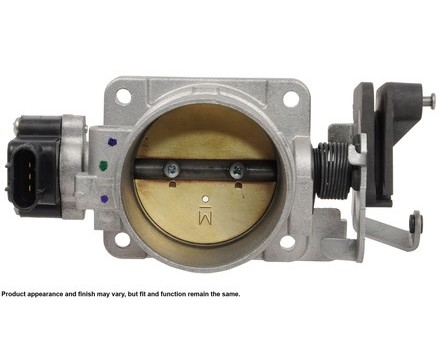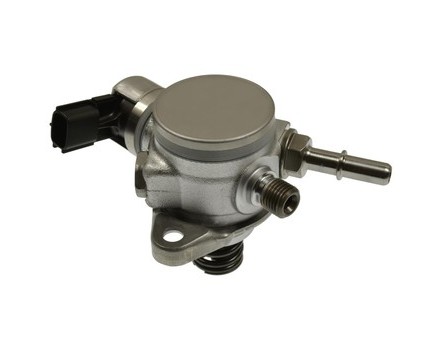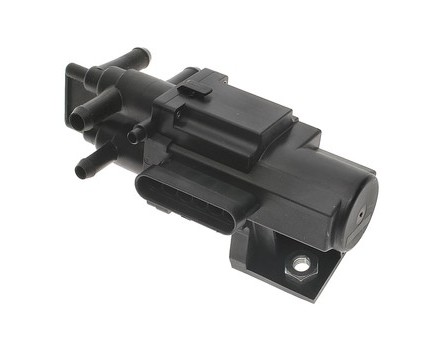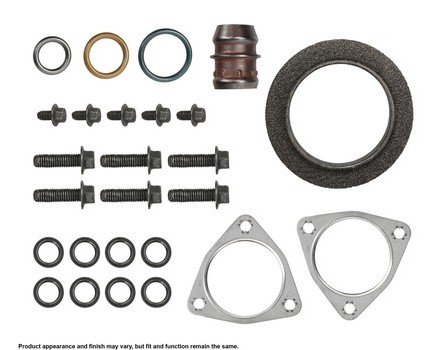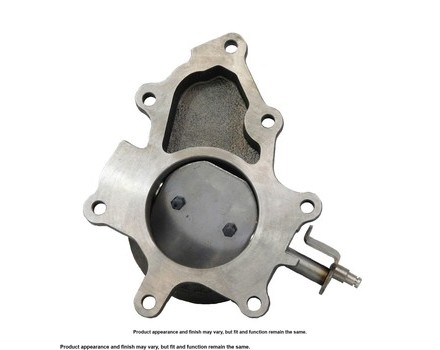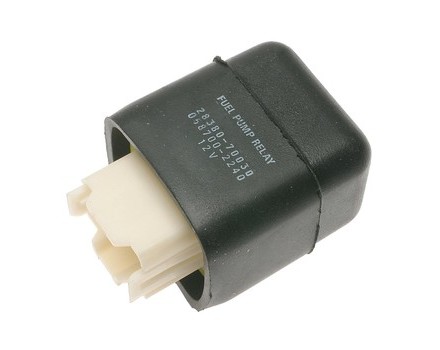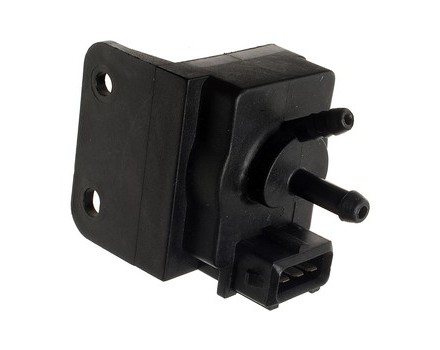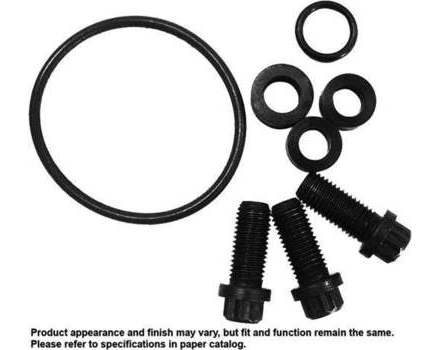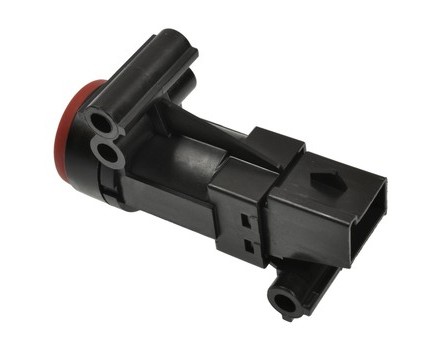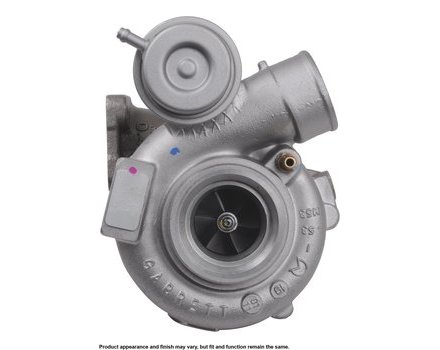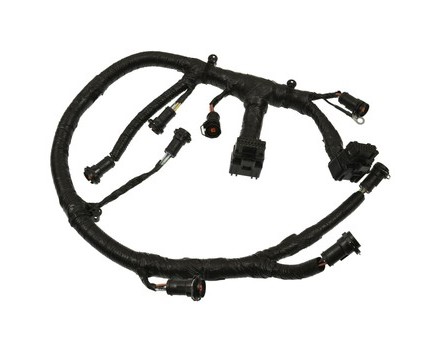Air and Fuel Delivery
Filter Options
Important: To get started, click the blue "Filter Options" button to select your vehicle and then use the filters to narrow your options.
Important: To get started, select your vehicle on the left and then use the filters to narrow your options.
What is an air and fuel delivery system?
An air and fuel delivery system is a set of components in a vehicle's engine that is responsible for delivering and mixing air and fuel to the combustion chamber. This system consists of air intake components, like air filters and mass airflow sensors, as well as fuel delivery components, like fuel injectors, fuel pumps, and fuel lines.
What is the purpose of an air and fuel delivery system?
The purpose of an air and fuel delivery system is to deliver and mix air and fuel in the correct proportions to the combustion chamber, so that the engine can run properly.
How do you know if an air and fuel delivery system is faulty?
If an air and fuel delivery system is faulty, you may experience engine performance issues, like poor acceleration, rough idling, and stalling. You may also see the check engine light turn on and a code appear in the diagnostic system.
Can a faulty air and fuel delivery system cause damage to the engine?
Yes, a faulty air and fuel delivery system can cause damage to the engine, as the engine will not receive the correct proportion of air and fuel. This can result in incomplete combustion and fuel deposits building up on the parts of the engine, leading to corrosion, wear, and even engine failure.
How do you replace an air and fuel delivery system?
Replacing an air and fuel delivery system can be a complex process, so it is recommended that you follow the instructions provided in your vehicle's service manual. Generally, the steps are as follows:
- Disconnect the negative battery cable and unplug all of the connectors related to the air and fuel delivery system.
- Remove the air intake components and fuel delivery components, such as the air filter, fuel pump, fuel injectors, and fuel lines.
- Install the new air intake components and fuel delivery components, following the instructions provided in the service manual.
- Reconnect the connectors and the negative battery cable.
- Start the engine and check for any signs of leaks or other problems.
